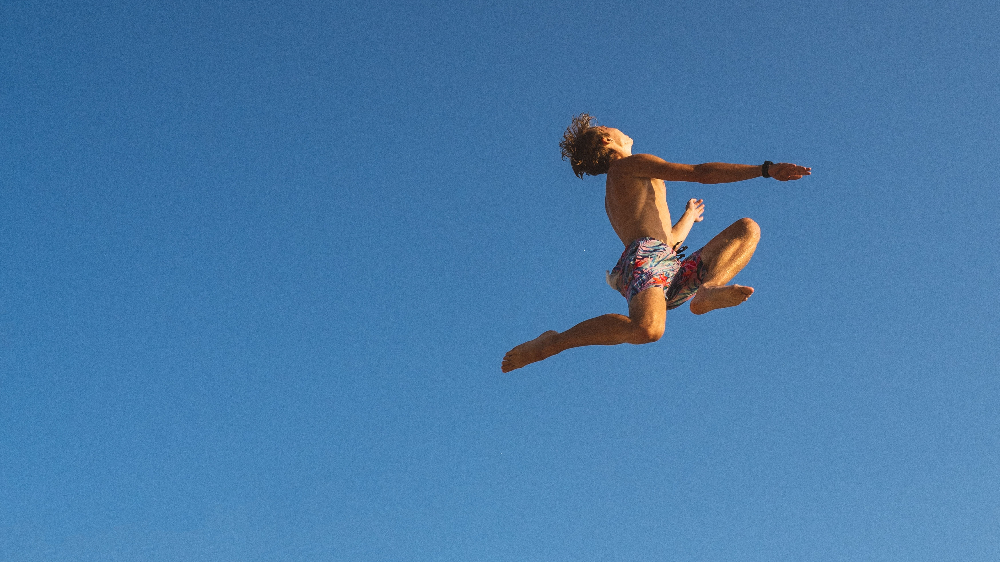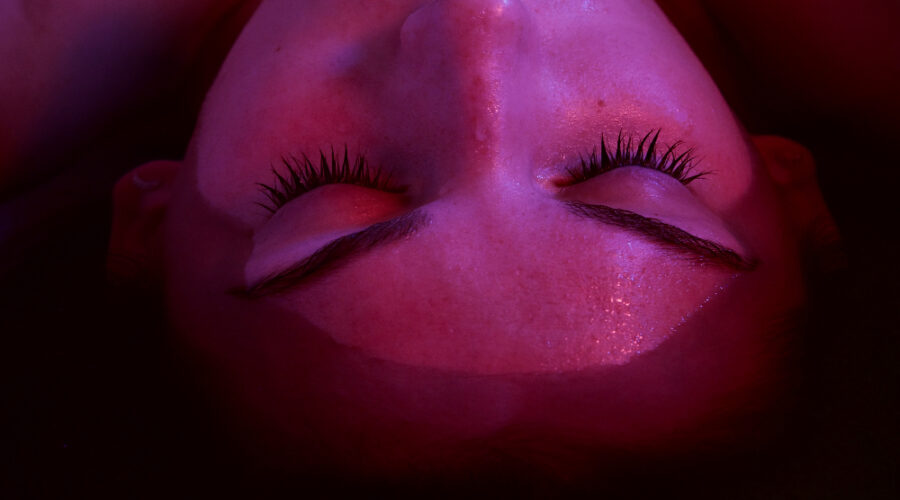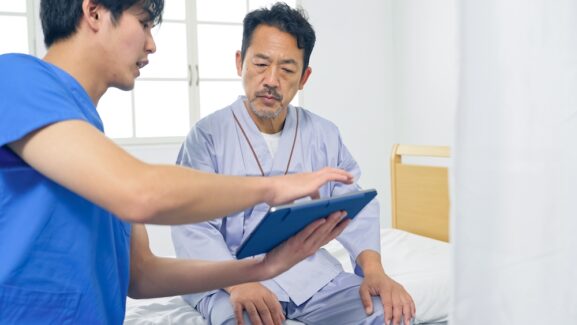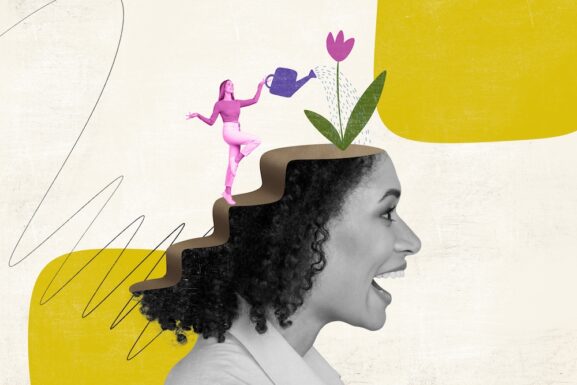Do Dosages of Psychedelics Differ for Anxiety, Depression, Pain and PTSD?
When it comes to psychedelic therapies, is it best to go for big doses or small? Or are medium-sized doses the sweet spot? Does it depend?
In the ever-evolving landscape of modern medicine, psychedelics have been gaining more and more scientific and societal interest. The allure of these mind-altering compounds lies in their ability to unlock new perspectives and alleviate the burdens of anxiety, depression, and post-traumatic stress disorder (PTSD). If you are exploring the idea of psychedelic therapy, you may have had the question: Do psychedelic dosages differ when it comes to treating anxiety, depression, PTSD, or other ailments?
Interested in joining a Psychedelics Clinical Trial? Sign up here now and we will connect you with a clinical trial in your area when one becomes available.
The Science Behind Psychedelic Therapy
Though recent studies have led to exciting findings and valuable insights, it’s essential to keep in mind that psychedelic medicine is still a relatively new field. As such, many substances lack official guidance on dosages. Even ketamine, a legal and FDA-approved drug, is used off-label to treat depression, anxiety, and PTSD.
As such, the dose is up to the prescriber or guide.
That said, both through study and practice, some general standards have formed over time. Therapeutic dosages of ketamine vary, depending on the method of administration. When it comes to psilocybin, mushroom dosages can vary as well. Most studies have used 20-25 mg of psilocybin as a standard dose and 30-35 mg as a high dose, which approximately corresponds with 2-2.5 g and 3-3.5 g of psilocybin mushrooms, respectively.
RELATED: A Veteran’s Guide to Qualifying for Ketamine Treatment at the VA
While one study found that escalating dosages were well-tolerated by patients, not much has been studied in the way of what dosages are used for what ailments.
Still, other studies have highlighted that higher dosages do not necessarily translate into greater therapeutic benefits.
In some instances, excessive dosages exacerbated anxiety, emphasizing the need for responsible dosing and experienced guidance.
To help us answer the question of dosages, we’re talking to psychedelic experts from around the world about their experiences treating various mental and physical health conditions with psychedelics and the dosages they use to treat them. Here’s what they said:
Andrew Tansil – Sayulita Wellness Mushroom Retreat
After over 10,107 treatments at our center we’ve dialed psilocybin dosing down to a process that gets predictable results. A traditional dose for a therapeutic session is 3.5g of psilocybin mushroom such as Golden Teacher or 20-30mg of psilocybin extract. This dose is often adjusted depending on the patient’s body weight, tolerance, and how significant or complex of an issue they’re looking to resolve. For example, veterans with CPTSD, victims of violence, or abuse during the formative years 0-7, or patients with treatment resistant depression often benefit from a higher dose based off how many mental and emotional layers one has to go through to facilitate a breakthrough. A breakthrough in this context is a permanent shift in perspective with long term benefits.
The reason for this being, at higher doses there is less cognitive control or resistance by the participant due to higher doses having a stronger affect. It essentially helps participants “let go of the wheel” during the experience which creates the greatest outcome.
There is also a benefit of using higher doses for healing traumatic brain injuries or TBIs as higher doses have a positive physiological effect of regrowing brain pathways and restoring or regrowing damaged brain tissue as we’ve seen evidence of with our clients getting MRIs after a safe macro-dose treatment.
As always, work with a qualified provider and work up slowly to higher doses.
— Andrew Tansil, Sayulita Wellness
Exciting news: Oregon has legalize psilocybin therapy. Click here to get on the waiting list for the first state-approved psilocybin therapy in the United States now!
Dr. Mike Cooper – Innerwell At-Home Ketamine Therapy
Ketamine dosages differ depending on the patient’s unique history, condition, and treatment goals. For instance, a patient with severe, chronic treatment-resistant depression will likely require a longer treatment course and a higher dose to activate and maintain ketamine’s antidepressant benefits compared to a patient who is undergoing a difficult life transition such as a divorce and is suffering from an adjustment disorder with depression.
A patient with PTSD may benefit from a lower dose of ketamine, especially if they’re working with a therapist, to optimize ketamine’s psycholytic or ‘ego defense lowering’ effects.
These effects can enable the patient to more fully process traumatic aspects of their past while reducing the negative emotions that typically arise while thinking about their past. A patient with severe anxiety or OCD may benefit from a higher dose of ketamine to leverage its psychedelic effects, which can help them break through their rigid attachment to certain thoughts or beliefs about themselves or the world. A patient’s age, weight, prior treatment history with ketamine or other psychedelics, concurrent medications, and genetic factors can also affect dosage selection, regardless of the psychiatric condition being treated.
— Dr. Mike Cooper, Medical Director of Innerwell At-Home Ketamine Therapy
Kevin Bourke – ONE Psilocybin Retreats JAMAICA
Our psilocybin practitioners understand the significance of dosage in your journey. Our baseline dose for guests is typically 3.5 grams of dried mushrooms with a drizzle of honey or a lemongrass/ginger tea. However, please remember that individual factors, such as your intake form and specific ailments, will further determine the appropriate dosage for you.
When assessing your intake form, we consider your previous experiences with psychedelics and those dosages and how the medicine treated you. If you’re new to psilocybin, we may start you with a lower dose to ensure a gentle introduction. Conversely, if you have prior experience, we can adjust the dosage accordingly to provide a more profound experience.
Furthermore, your specific ailments play a vital role in dosage determination. For individuals seeking relief from anxiety, PTSD, or depression, a higher dose within the 4-5 grams range might be recommended. This can promote deeper emotional processing and therapeutic benefits.
Aside from intake form and ailments, other factors such as body weight, metabolism, and overall health should be taken into consideration. These factors influence the way psilocybin is metabolized in your system, and our experienced facilitators will carefully evaluate and personalize the dosage to ensure a safe and transformative experience for you.
Safety, comfort, and support are paramount. We are dedicated to tailoring the dosage to your specific needs, intentions, and unique circumstances, providing a nurturing environment for your healing and growth.
— Kevin Bourke, Co-Founder of ONE Psilocybin Retreats JAMAICA

David Dardashti – Ibogaine by David Dardashti
Ibogaine is an extremely powerful tool, but the proper administration of it is anything but ‘one size fits all.’ Certainly, after 15 years of work, we’ve developed more than 350 protocols that consider everything from initial blood tests to factors like diabetes or epilepsy. Fundamental to our measurements is the use of 99.9% pure ibogaine – this allows us to be extremely clinical in administering precise doses to our guests.
But despite this, the ‘art’ of the practice remains individualized, especially in the cases of PTSD, depression and anxiety. In every case, we begin with a detailed interview and physical, including a small ‘test’ dose of ibogaine, to account for the individual’s unique reaction. This is then cross-referenced to our protocols so our doctors can adapt the treatment to bring about specific results, which, ultimately, always hinges on the treatment of the subconscious trauma causing the unwanted behavior or suffering.
— David Dardashti, Founder of Ibogaine by David Dardashti
RELATED: A Surprising Southern State Journeys from Opioids to Ibogaine
Dimitri Urukah – RootedWaters
When speaking from a ceremonial and traditional context, the topic of dosage is approached differently. Traditionally, Iboga is Spirit and contains an ancient intelligence.
In my experience, there is not always a consistent correlation between dose and effect. As western people we love to understand through numbers, to quantify and to compare but Iboga does not work within these limited contexts. More pertinent than the ailment, the pain or the trauma is the way in which one relates with these aspects of life. The energy which shapes this relationship is often responsible for the way you will experience the medicine. As vessels of Spirit and Iboga, it is our work to listen to the subtle expressions of each individual’s needs as well as the intelligence of Iboga to determine dosage and frequency of treatment.
— Dimitri Urukah, Facilitator at Rooted Waters
Dr. Susan M. Gillispie – Wholistic Health
Dose [of ketamine] for mental health reasons begins as a standard of 0.5mg/kg as a basis- mainly to see how you the patient will tolerate the infusion. Based on your reaction and level of disassociation, we titrate that dose up by 10 mg per infusion to gain a level of disassociation or a RASS score of -2 which means that you briefly awaken to a voice command of fewer than 10 seconds. Each person has their own unique dose to achieve disassociation. We use disassociation to ensure that we have enough Ketamine in your system to be effective in treating your mental health conditions. It is important for you the patient to communicate with your provider about your experience so that your dose can be tailored to you.
— Dr. Susan M. Gillispie, EdD, MSN, BSN, RN, APRN, Founder of Wholistic Health
Melanie Jimenez, PMHNP – Ketamine Clinics Los Angeles
When treating patients with depression, anxiety, PTSD, and other mood disorders, standardized infusion rate is used at the beginning of the infusion and the medication is titrated based on how the patient is feeling in the moment. Throughout the 55 minute infusion, we want our patients to be appropriately immersed in the dissociative sensations of the ketamine, so dose adjustments will be made accordingly in small increments. On a case-by-case basis, the practitioner will assess the patient’s need for an 85 minute infusion based on severity of symptoms and presentation. This only occurs with maintenance infusions and when the patient has already completed the initial course of 6 infusions. Our syringe infusion pumps allow the practitioner to make those adjustments during an infusion, which will be felt by the patient within minutes. In regards to patients who come to our clinic for chronic pain management, our protocol differs from that of mood disorders as they are 4 hours in duration.
— Melanie Jimenez, PMHNP, with Ketamine Clinics Los Angeles
Nicole Yaldoo, PA-C – Forum Health West Bloomfield
We start at the standard dose of 0.5mg/kg for all patients’ first ketamine IV treatment and titrate up according to how they respond to that starting dose with the goal being to get the patient into a dissociative state. Chronic pain typically requires more frequency of sessions than the mental health protocol for PTSD, depression, and anxiety.
- Mental health protocol: series of 6 treatments over 2-3 weeks, with at least one day in between treatments.
- Chronic Pain protocol: series of 16 treatments: 5 treatments/week for 2 weeks (10), 2 treatments/week for 2 weeks (4), and 1 treatment/week for 2 weeks (2) = 16 total treatments
With chronic pain patients, we generally recommend they start with the mental health protocol (less money for patient, less times to travel to office, and still will see benefit). Many who suffer from chronic pain also suffer from mental illness, and so they will benefit from the mental health protocol and have the option to add on more treatments after the initial series of 6 for their chronic pain.
— Nicole Yaldoo, PA-C, Physician Assistant at Forum Health West Bloomfield
Anthony Townsend – EQNMT
Like other forms of medicine and therapy, the dosage of psychedelic used to assist someone will be tailored to their unique needs and physiological profile. While the dosages of psychedelic medicines do not, as a rule, necessarily differ on the basis of the condition or diagnosis being treated, they do differ widely based on a person’s individual psychology. For example, if someone experiences difficulty with trust and safety, lower dosages of psychedelics might be used to lower the person’s ego defenses while also allowing them a degree of control. For some people, they may have a high tolerance to certain psychedelic molecules and, so, high dosages will be used as a matter of course. High dosages may also be preferred for those seeking to do deep emotional exploration in cases of complex trauma. Research indicates that higher dosages of psychedelics are used in the treatment of brain injuries to full harness their ability to help heal brain tissue and promote development on new neuronal pathways.
— Anthony Townsend, Co-Founder of EQNMT
Individual Experiences
As you explore psychedelic treatment, it’s vital to remember that the dosages mentioned here are not set in stone. Each individual’s experience is unique, and responses to psychedelics can vary greatly. That’s why it’s essential to approach these substances with an open mind and under the guidance of knowledgeable professionals.
Moreover, the psychedelic experience is not just about the dosage itself, but also about the set and setting – the mindset and the environment in which the journey unfolds. A supportive and safe context, along with skilled guides, can make all the difference in harnessing the healing potential of psychedelics.
So, if you’re exploring psychedelic therapy, take the time to do your homework. Seek guidance from experienced therapists and practitioners who can help you navigate your experience with sensitivity and insight.



